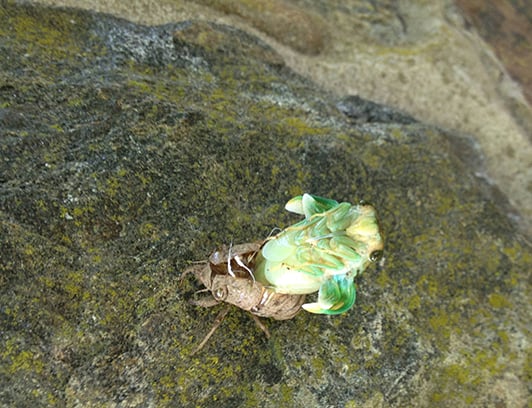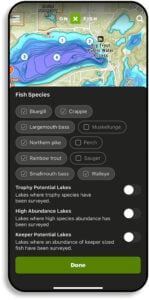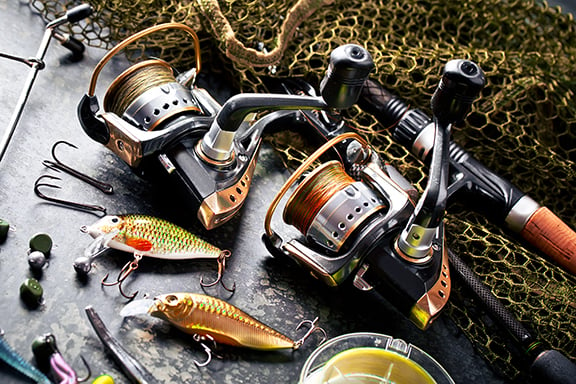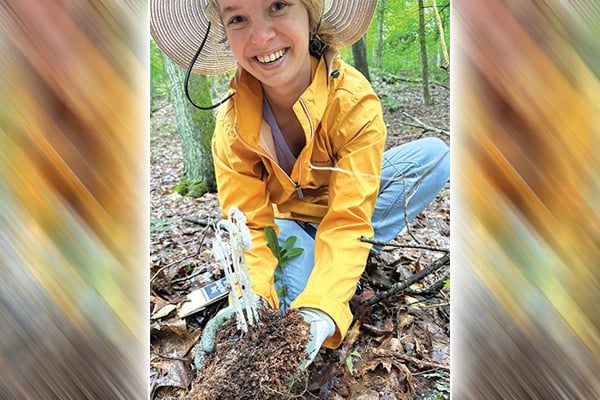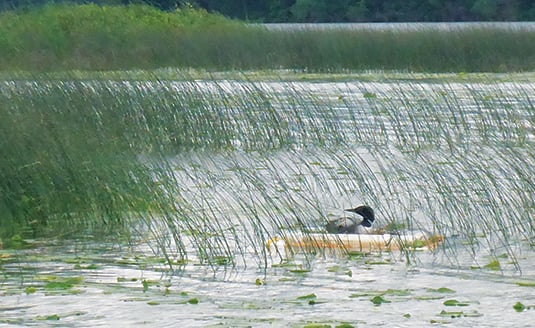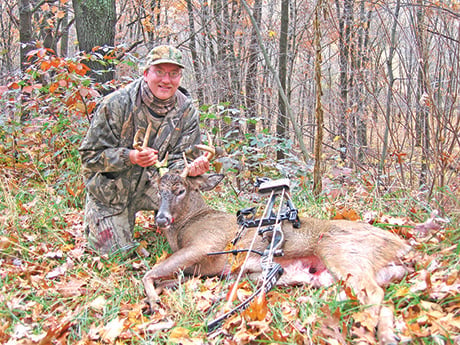Fall, winter fish egg collection efforts wrapping up in Michigan – Outdoor News
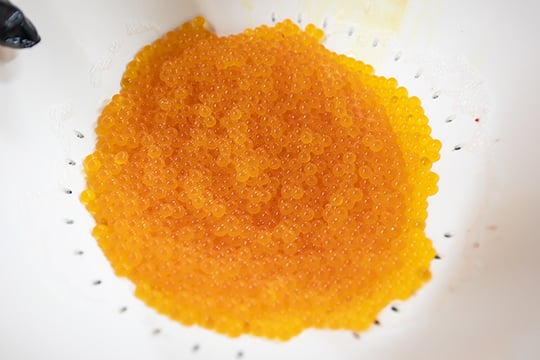
Lansing — Every year, the Department of Natural Resources stocks fish in Michigan waters to provide angling opportunities and maintain healthy ecosystems.
Where do these stocked fish come from?
It all starts with collecting fish eggs, and the DNR has been working this fall gathering the necessary eggs to produce fish for stocking. Fall egg collections have been completed for wild Chinook and coho salmon and for captive broodstocks of brown, brook, and lake trout. Rainbow trout egg collection will soon begin.
MORE COVERAGE FROM MICHIGAN OUTDOOR NEWS:
Outdoor Observations: License fee increase package never sees serious light in Michigan legislature
Changes coming to the Michigan Natural Resources Commission in 2025
Chinook salmon eggs were collected in October at the Little Manistee River Weir. Eggs and milt (sperm) are gathered from fish during the annual salmon run. At the weir, salmon swim up a fish ladder and into holding ponds. From there, fish are brought into the facility, where eggs and milt are collected and the eggs are fertilized.
“We experienced a solid run of wild Chinook salmon this year,” said Aaron Switzer, fish production program manager. “The run at the Little Manistee was healthy enough to provide all of Michigan’s egg needs. We were also able to provide eggs to Indiana and Illinois state-owned fish hatcheries. Once hatched, reared, and stocked all of these Chinook salmon contribute to the Lake Michigan salmon fishery.”
Coho salmon eggs were collected at the Platte River State Fish Hatchery Weir in October
“We collected nearly 6.5 million coho salmon eggs at the Platte River weir by the time the egg collection wrapped up. This includes approximately 3 million for Indiana, Illinois, and Wisconsin. All four states work together cooperatively each year to ensure Lake Michigan continues to receive Pacific salmon to supplement the fishery,” Switzer said.
Not all egg collections are of wild fish, however. Captive broodstocks, fish kept at a hatchery to produce eggs and milt, will provide many of the eggs that will later become stocked fish: 378,000 brook trout eggs, 448,000 lake trout eggs, 2.6 million brown trout eggs, and 1.5 million rainbow trout eggs. An additional 422,000 splake eggs (brook trout and lake trout hybrid) will also be collected from captive broodstock to support Michigan’s fisheries management objectives.
At Oden State Fish Hatchery, egg collections for brown trout occurred through mid-October. Rainbow trout egg collections at Oden began in December and will continue until mid-January.
These captive egg collections will occur every one to two weeks over the season. Captive broodstock egg collections for brook and lake trout at Marquette State Fish Hatchery have already been completed.
To learn more about Michigan’s state fish hatcheries or to plan a trip to see behind the scenes, visit Michigan.gov/Hatcheries.
